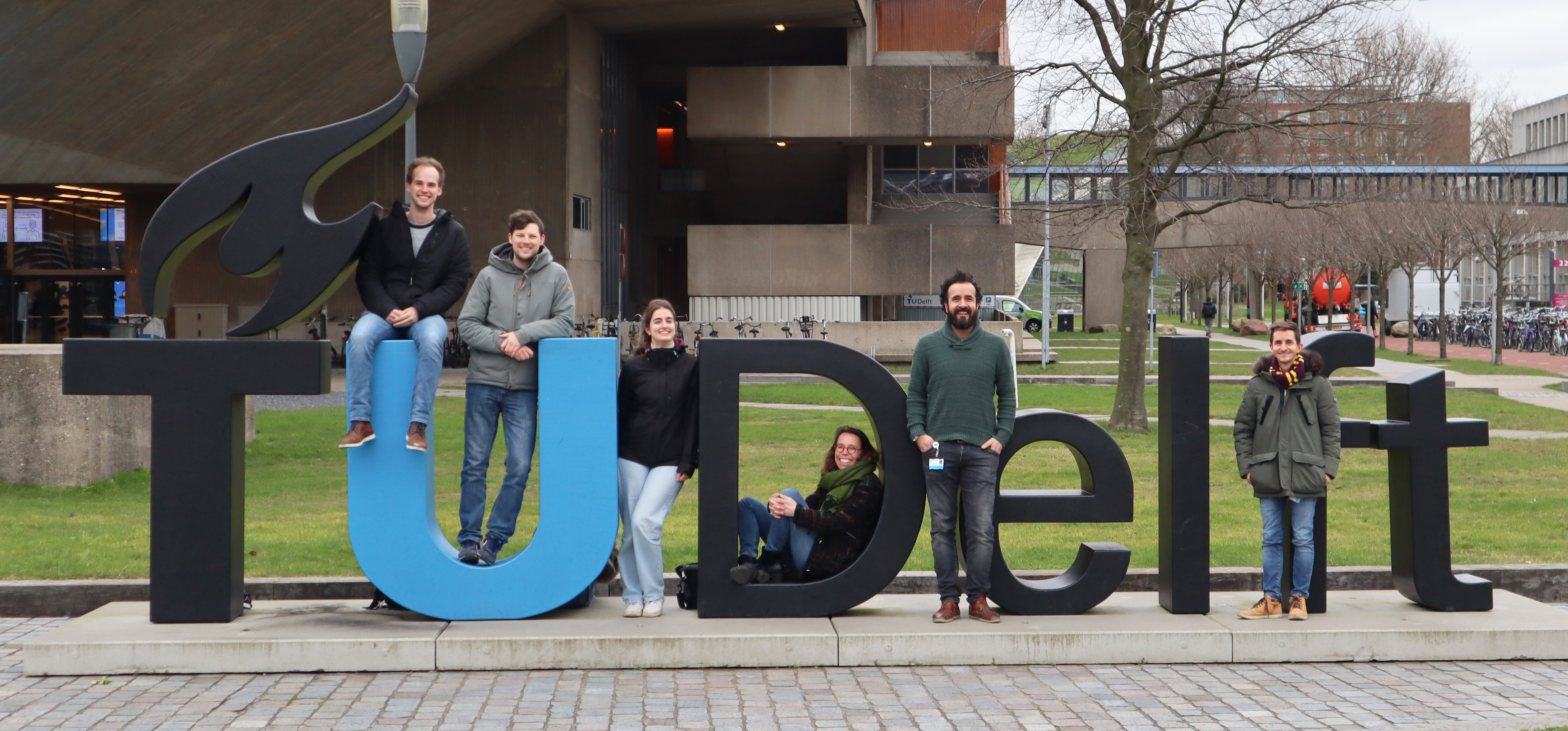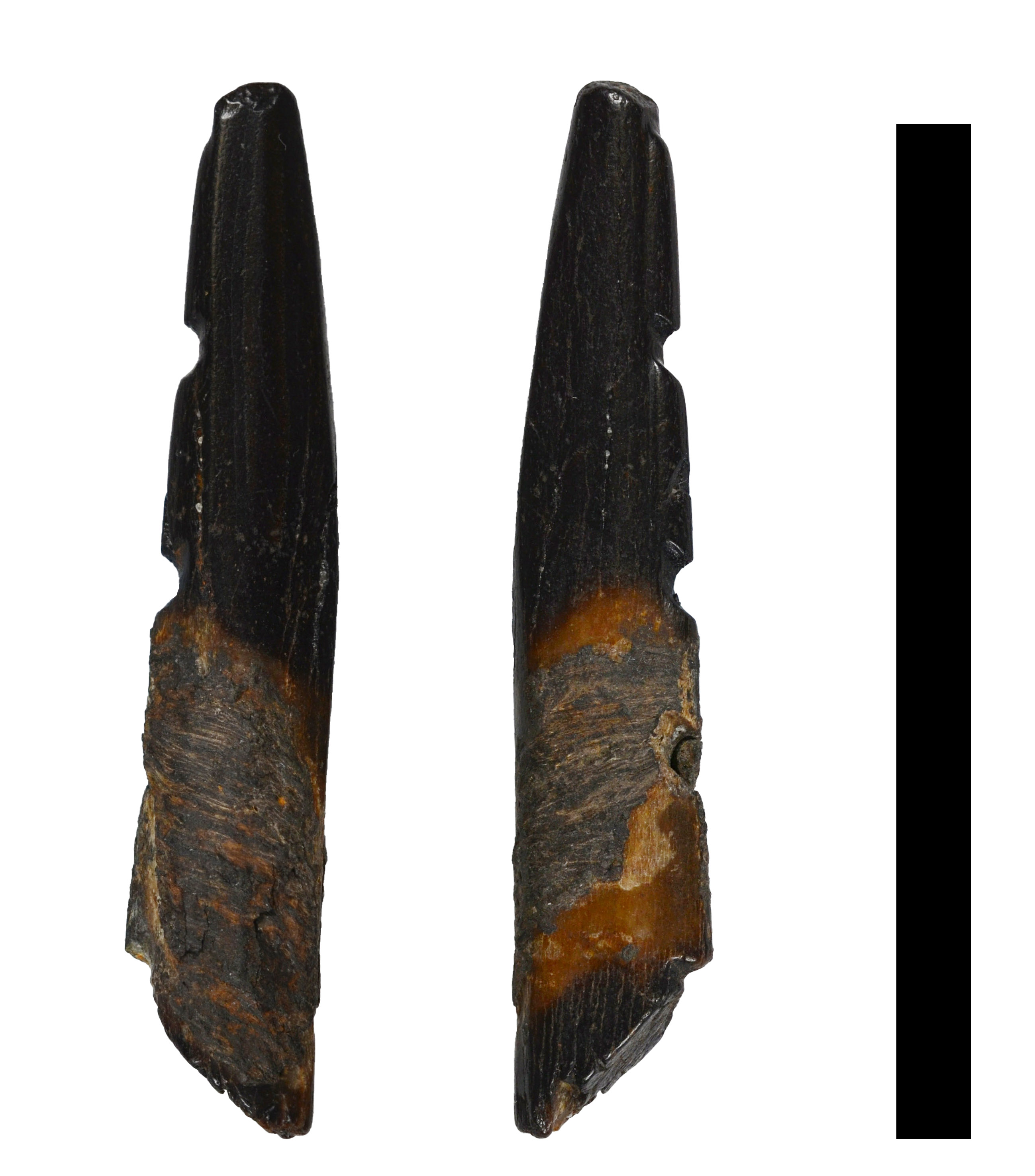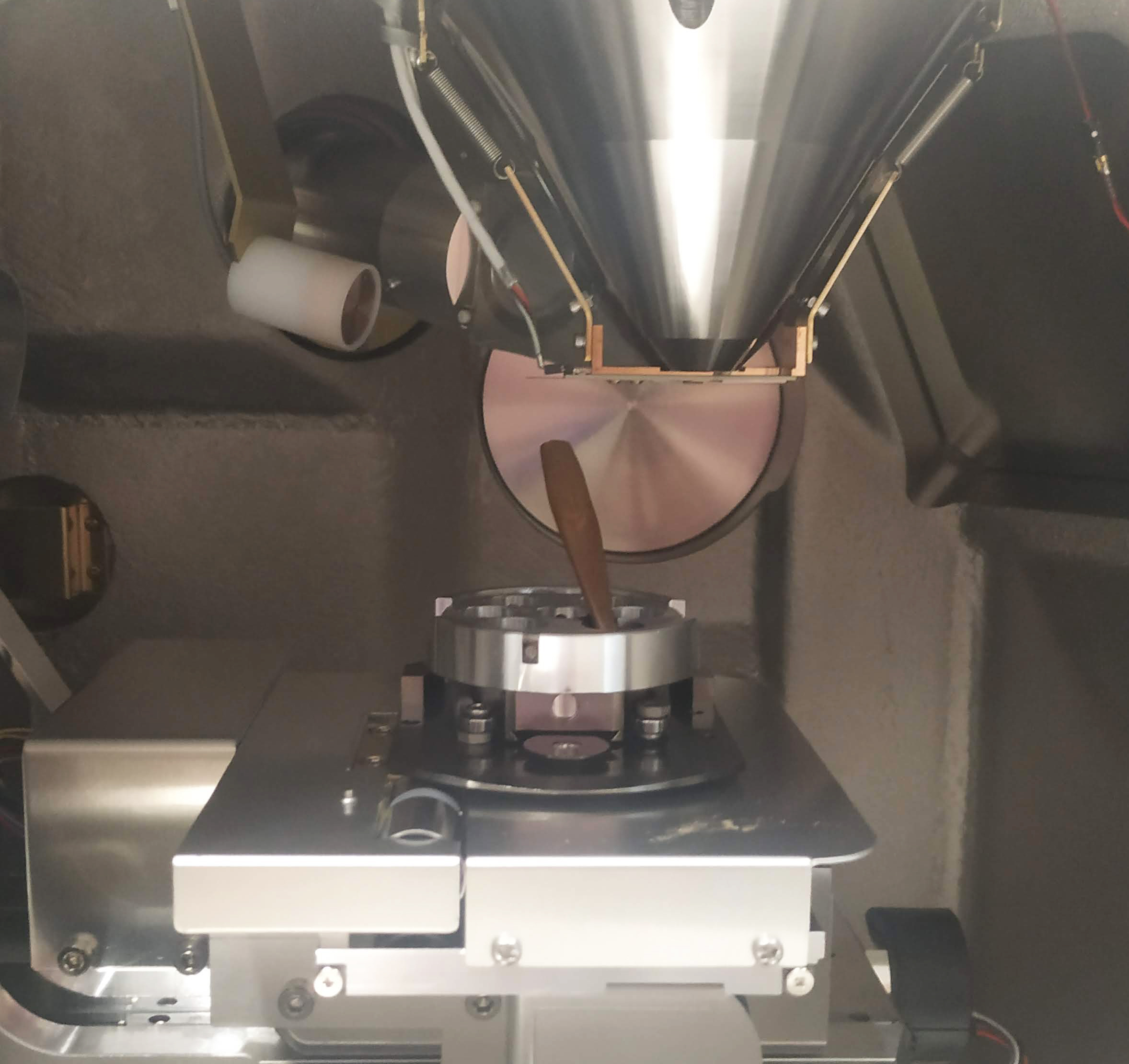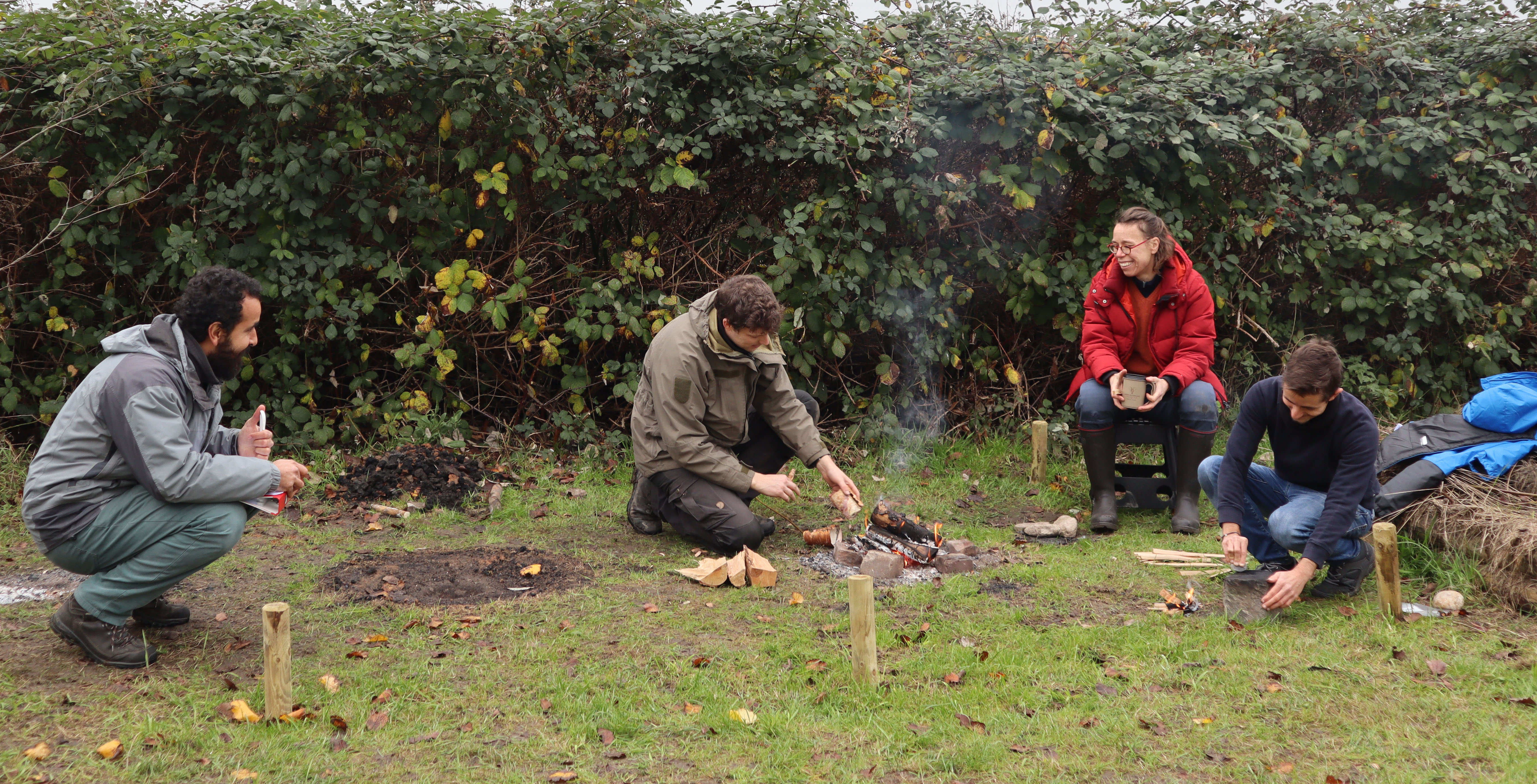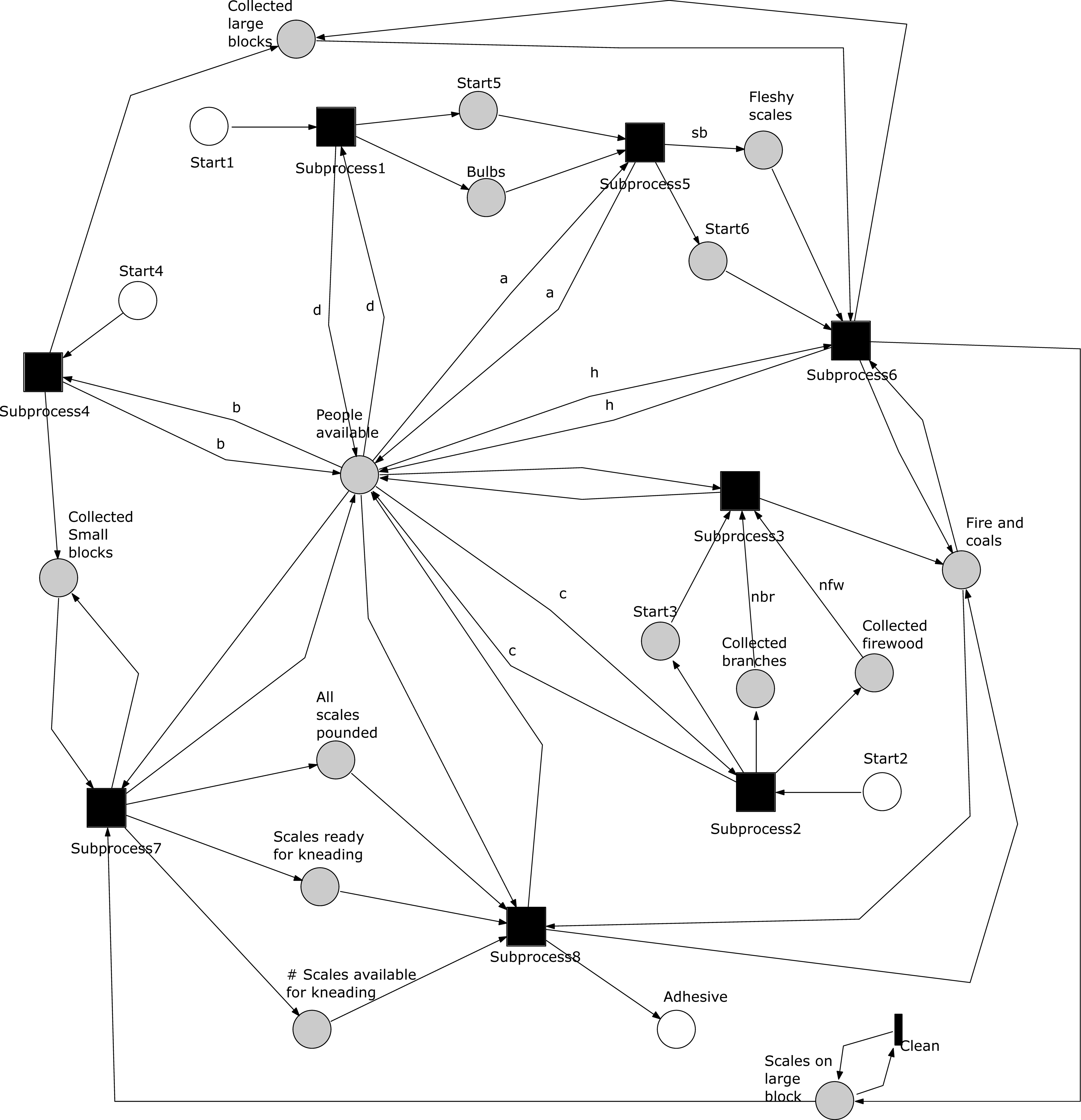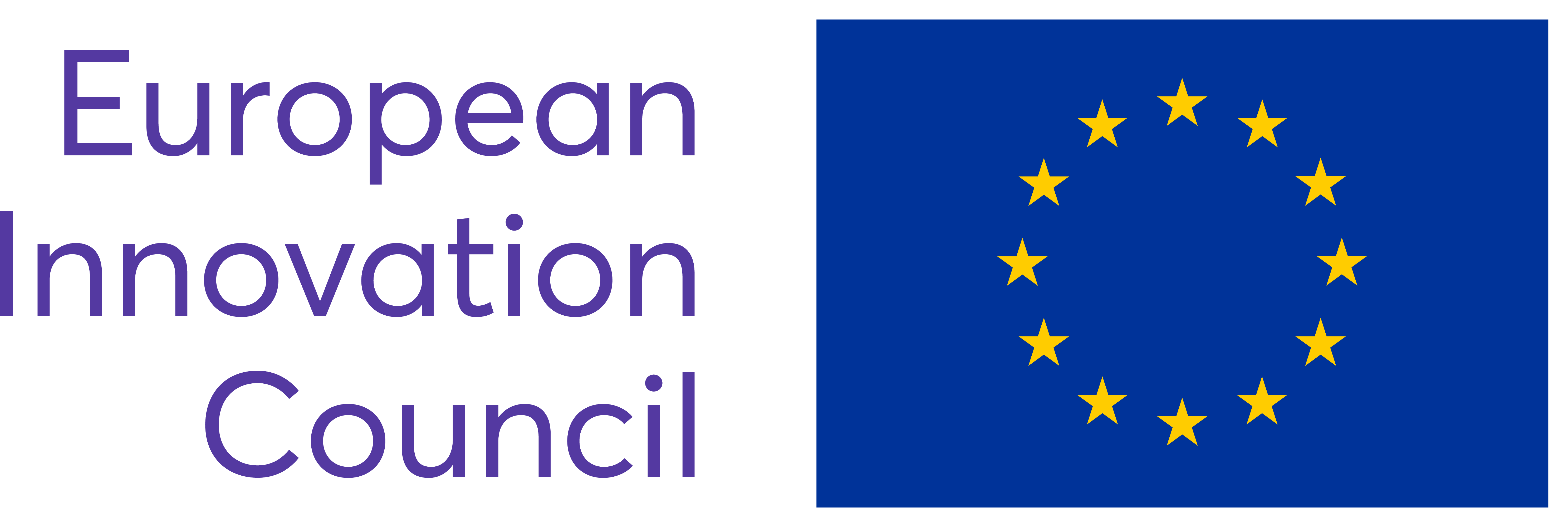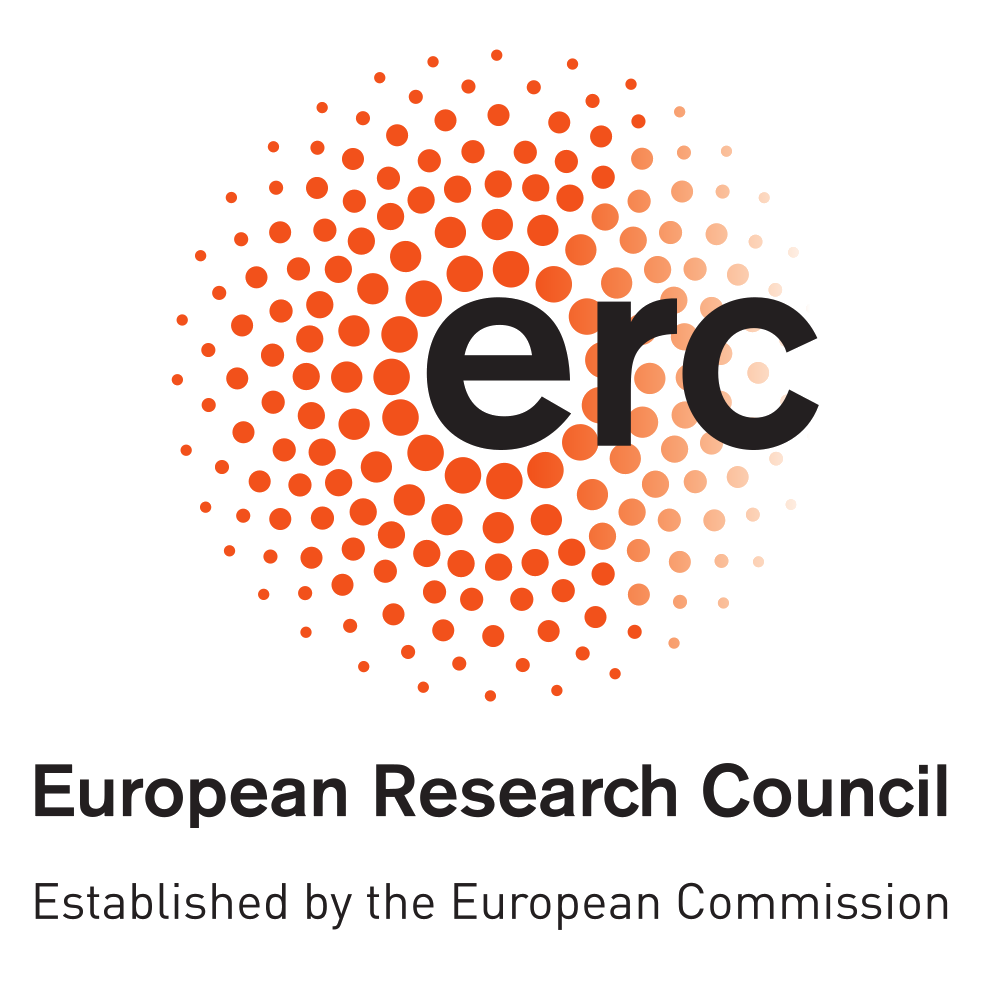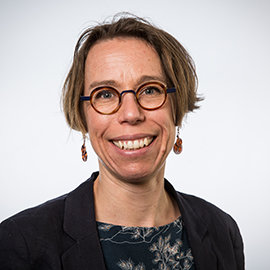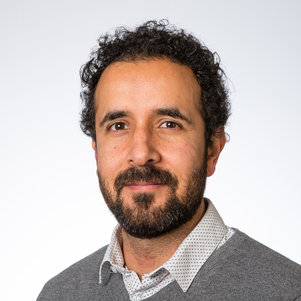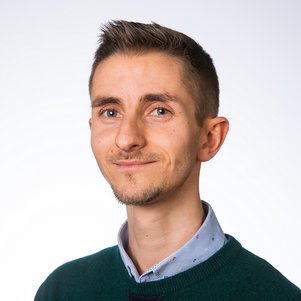Team Langejans
We study heritage objects with a wide range of analytical methods. The goal is to reconstruct the complete use-life of objects. This data is used to model and define the technological systems that underpin these ancient objects and to reconstruct system complexity. Our long-term aim is to link technology to cognitive functions, and to use our deep human past to develop tools for the future.
Our team has three research foci:
- Material analysis of objects
- Ancient technological systems and the evolution of technological behaviour
- Archaeo-inspired materials and methods for the future.
Research
We analyse archaeological historic, and ethnographic objects (Fig. 1) with methods ranging from optical microscopy to gas chromatography. The goal is to reconstruct the complete use-life of objects, from raw material sourcing, production, (re)use to discard. We apply a 'total analysis', where we characterise the (chemical) composition and biological origins of materials with e.g., XRF, GC-MS and proteomics; date materials (Fig. 2); reconstruct production and use with experimental archaeology and ethnographic studies (Figs. 3-5); test material properties with industrial ASTM lab tests; and we even reconstruct the decay process to map potential biases. These data provide the context for interpretations on a higher level, for example chronological trends and production system models (Fig. 6).
The data generated also provides a way into the study of the evolution of technology, and associated with that, the evolution of learning and information retention, the organisation of societies, and the evolution of cognition. By applying tools from computer sciences and robotics we model the way material production systems and actions are described. These formal models can, in turn, be mathematically analysed with a wide-range of complexity-measures, each connecting a notion of complexity to a skill or cognitive trait. For the first time we can quantitatively compare formal complexity of technological systems and the behavioural and cognitive implications; for example, between disparate technologies like stone knapping and tar making, and also across species.
The study of ancient and traditional materials and technology is also inspirational for the future. Our team works on sustainable archaeo-inspired biomaterials, and we collaborate with cognitive roboticists to study and predict behaviour.
Current funding
- European Innovation Council (EIC) Pathfinder Challenges: A metapredictive model of synthetic awareness for enabling tool invention. In the METATOOL project we use data from our human tool making past to create the foundation to model tool creating robots.
- European Research Council (ERC) Starting Grant. Project: Ancient adhesives: A window on prehistoric technological complexity (AncientAdhesives). Funding towards the material study of prehistoric glues, and to develop a new archaeological method based on Petri net modelling to describe and analyse technological processes.
- TU Delft Faculty of ME Cohesion Grant, Robotics and cognitive archaeology (ROCA). To connect two seemingly disparate fields and develop an ontology for analyse behaviour in hominins and primates.
Previous major projects
- What's in a plant? Tracking early human behaviour through plant processing and exploitation. Starch grain analysis and analysis of grind/ground stones. Dutch Research Council (NWO), Veni Grant.
- Middle Stone Age shellfish exploitation. Connecting archaeological remains and climate change. National Research Foundation (NRF), South Africa.
Popular output
Listen to a podcast series of three episodes (in Dutch) of the Hunebed Nieuws Café: De prehistorie van werktuigen, lijm en materialen (2021). On the prehistory of adhesives, and mechanical engineering.
Listen to a radio interview with the BBC World Service Crowd Science: What makes stuff sticky (2020).
Watch an episode (in Dutch) of the TV program De Kennis van Nu (NTR): Neanderthaler slimmer dan gedacht (2017). Interview and a demonstration of how we conduct experiments to recrate ancient tar production processes.
Highlighted academic output and publications
- Mendoza, L., Langejans, G., Dusseldorp, G., Kret, M. (2022). Connecting Minds. Integrating models of cognitive evolution. Lorentz centre workshop: https://www.lorentzcenter.nl/connecting-minds-integrating-models-of-cognitive-evolution.html
- Langejans, G.H.J., Aleo, A., Fajardo, S., & Kozowyk, P.B.R. (2022). Archaeological Adhesives. Oxford Research Encyclopaedia Anthropology. All you every wanted to know about ancient glues, from adhesion theory to the earliest finds.
- Niekus, M. J. L. T., Kozowyk, P. R. B., Langejans, G. H. J., Ngan-Tillard, D., van Keulen, H., van der Plicht, J. &. Dusseldorp, G. L. 2019. Middle Paleolithic complex technology and a Neandertal tar-backed tool from the Dutch North Sea. Proceedings of the National Academy of Sciences, 116(44), 22081. Report on a rare Neanderthal tar find, where we contextualise the technological and behavioural importance of such finds.
- Aleo, A., Duches, R., Falcucci, A., Rots, V., & Peresani, M. 2021. Scraping hide in the early Upper Paleolithic: Insights into the life and function of the Protoaurignacian endscrapers at Fumane Cave. Archaeological and Anthropological Sciences, 13(8), 1-27.
- Fajardo, S., Hofstede, G. J., de Vries, M., Kramer, M. R., & Bernal, A. 2020. Gregarious behavior, human colonization and social differentiation: An agent-based model. Journal of Artificial Societies and Social Simulation, 23(4).
- Kozowyk, P. R. B., & Poulis, J. A. 2019. A new experimental methodology for assessing adhesive properties shows that Neandertals used the most suitable material available. Journal of Human Evolution, 137, 102664.
Full list of publications by Langejans in Google Scholar. Please see the staff pages of individual team members for a personal publication list.
Collaboration network
We collaborate with a large group of partners, for some we provide modelling data and other provide us access to archaeological and ethnographic materials and support the technical analysis of materials. Examples of current collaborators are the Museum of Prehistory and Archaeology of Cantabria, Universidad Politécnica de Madrid (Spain); Donders Institute; the Leiden Institute of Advanced Computer Science (LIACS) and the Faculty of Archaeology (Leiden University); National Museum of Antiquities; National Museum of World Cultures; Rijksdienst voor Cultureel Erfgoed (RCE) (the Netherlands); University of Cape Town (South Africa); and University of York (UK).
